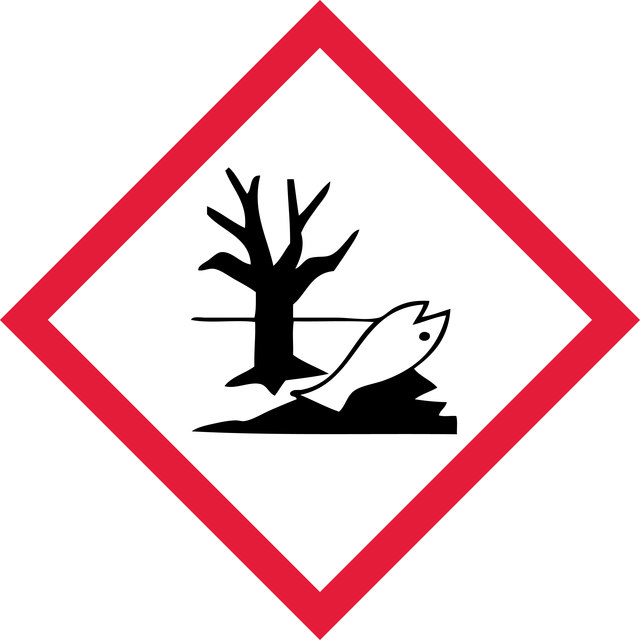407207
SignalBoostImmunoreaction Enhancer Kit
Synonym(s):
immunodetection signal enhancer, signal enhancer
Select a Size
About This Item
usage
sufficient for 1600 cm2
sufficient for 20 miniblot(s)
manufacturer/tradename
Calbiochem®
storage condition
OK to freeze
protect from light
detection method
chemiluminescent
colorimetric
fluorometric
shipped in
wet ice
storage temp.
2-8°C
General description
• Increases signal: minimizes background resulting in high signal to noise ratios
• Versatile: can be used with nitrocellulose or PVDF membranes and is compatible with chemiluminescent or colorimetric detection systems
• Convenient: ready-to-use format, no dilution necessary
Biochem/physiol Actions
Physical form
Preparation Note
Other Notes
Legal Information
Disclaimer
signalword
Warning
hcodes
Hazard Classifications
Aquatic Chronic 2 - Skin Sens. 1
Storage Class
12 - Non Combustible Liquids
flash_point_f
Not applicable
flash_point_c
Not applicable
Certificates of Analysis (COA)
Search for Certificates of Analysis (COA) by entering the products Lot/Batch Number. Lot and Batch Numbers can be found on a product’s label following the words ‘Lot’ or ‘Batch’.
Already Own This Product?
Find documentation for the products that you have recently purchased in the Document Library.
Related Content
There’s so much room for experimental variability in traditional immunodetection workflows. For your peace of mind – and ours – we designed the SNAP i.d.® 2.0 system to streamline your Western blot and immunohistochemistry experiments. The concept is simple: a vacuum-driven flow of blocking, antibody, and washing solutions reduces slide and membrane handling. That means a lot less shaking, dipping, pouring and waiting. And now you can process multiple blots and slides in parallel, so it’s easy to apply consistent conditions across experiments.
Protein Blotting Survival Handbook: Tips and Tricks
Antibody reuse for Western blotting is a common practice for many researchers. While many antibodies lose potency with time or degrade even faster due to improper storage conditions, it is important to recognize the potential value of recovering the primary antibody for possible reuse in some experiments. The SNAP i.d.® 2.0 system is not only able to reduce the immunodetection processing time, but its flexibility lets you combine conditions used in the standard immunodetection protocol and also allows the collection of antibody for future reuse. Here, we compare the antibody recovery and reuse in the standard immunodetection protocol with the antibody recovery and reuse in SNAP i.d.® system using the extended protocol and the original SNAP i.d.® protocol.
Our team of scientists has experience in all areas of research including Life Science, Material Science, Chemical Synthesis, Chromatography, Analytical and many others.
Contact Technical Service
